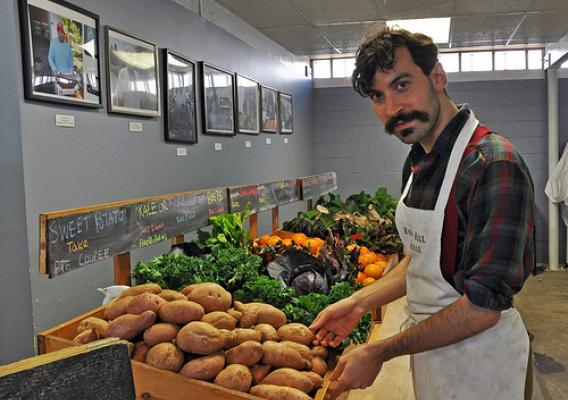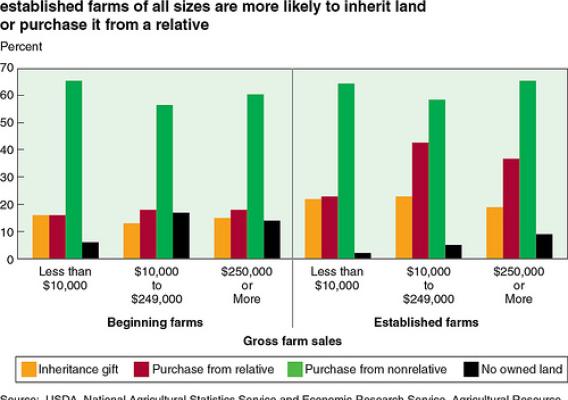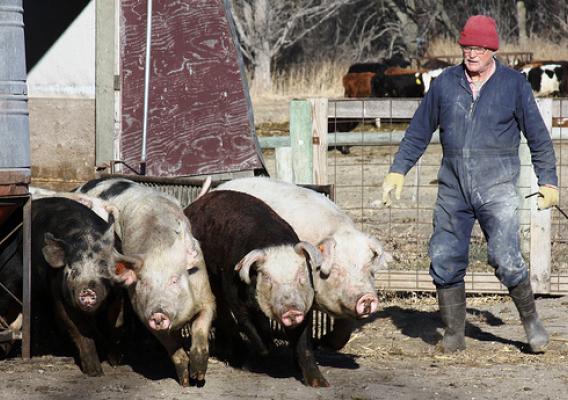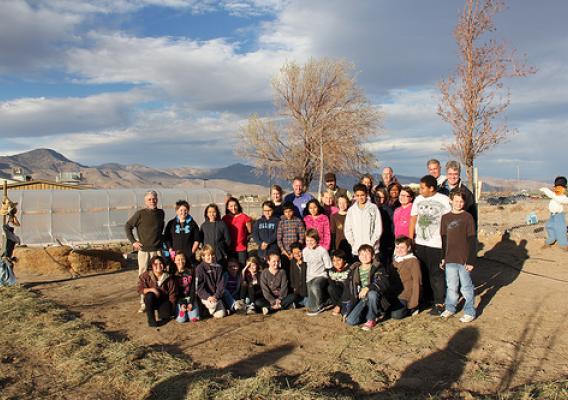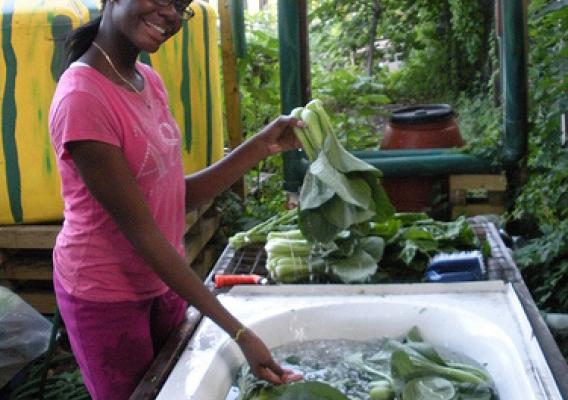USDA programs have targeted assistance to beginning farmers and ranchers since the 1992 Agricultural Credit Improvement Act. Farms or ranches are considered “beginning” if the operators have managed them for 10 years or less. The Economic Research Service has looked at the trend in numbers of beginning farmers and ranchers in recent decades and examined some key characteristics that distinguish them from established farms using the Census of Agriculture and the Agricultural Resource Management Survey. Taken every five years, the Census provides the only source of uniform, comprehensive and impartial agricultural data for every county in the nation.
For more than two decades, the share of farms operated by beginning farmers has been in decline. Beginning farms and ranches accounted for 22 percent of the nation’s 2 million family farms and ranches in 2011 – down from about 38 percent in 1982. Consistent with this trend, the average age of principal farm operators in the United States has risen in that period, from 50 to 58.


